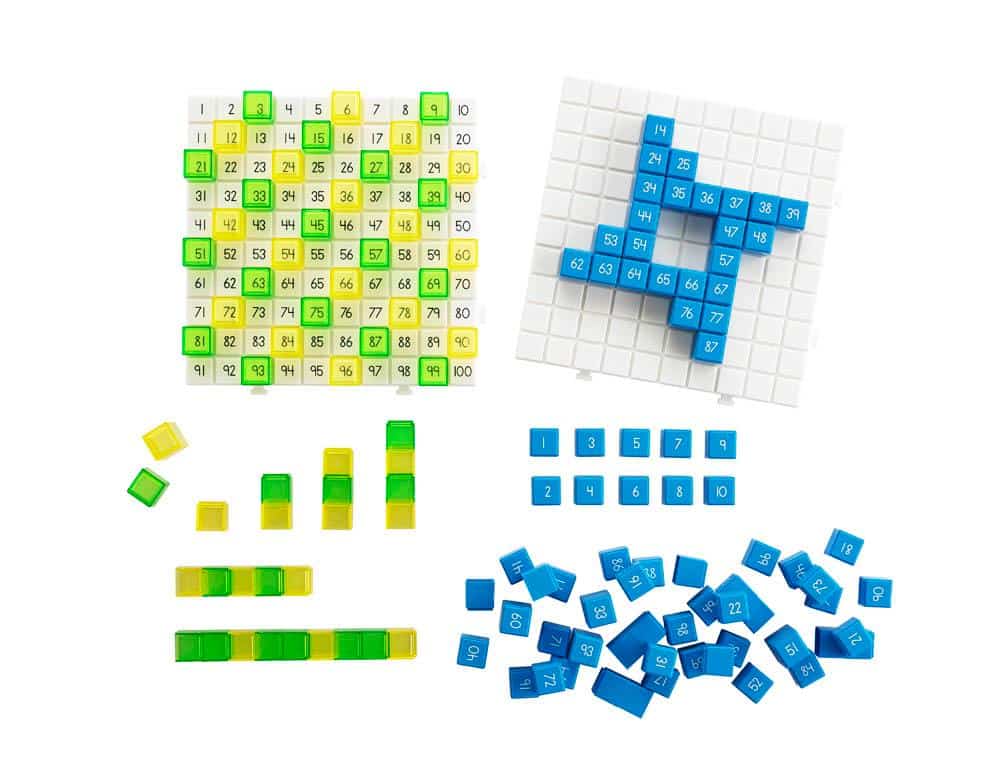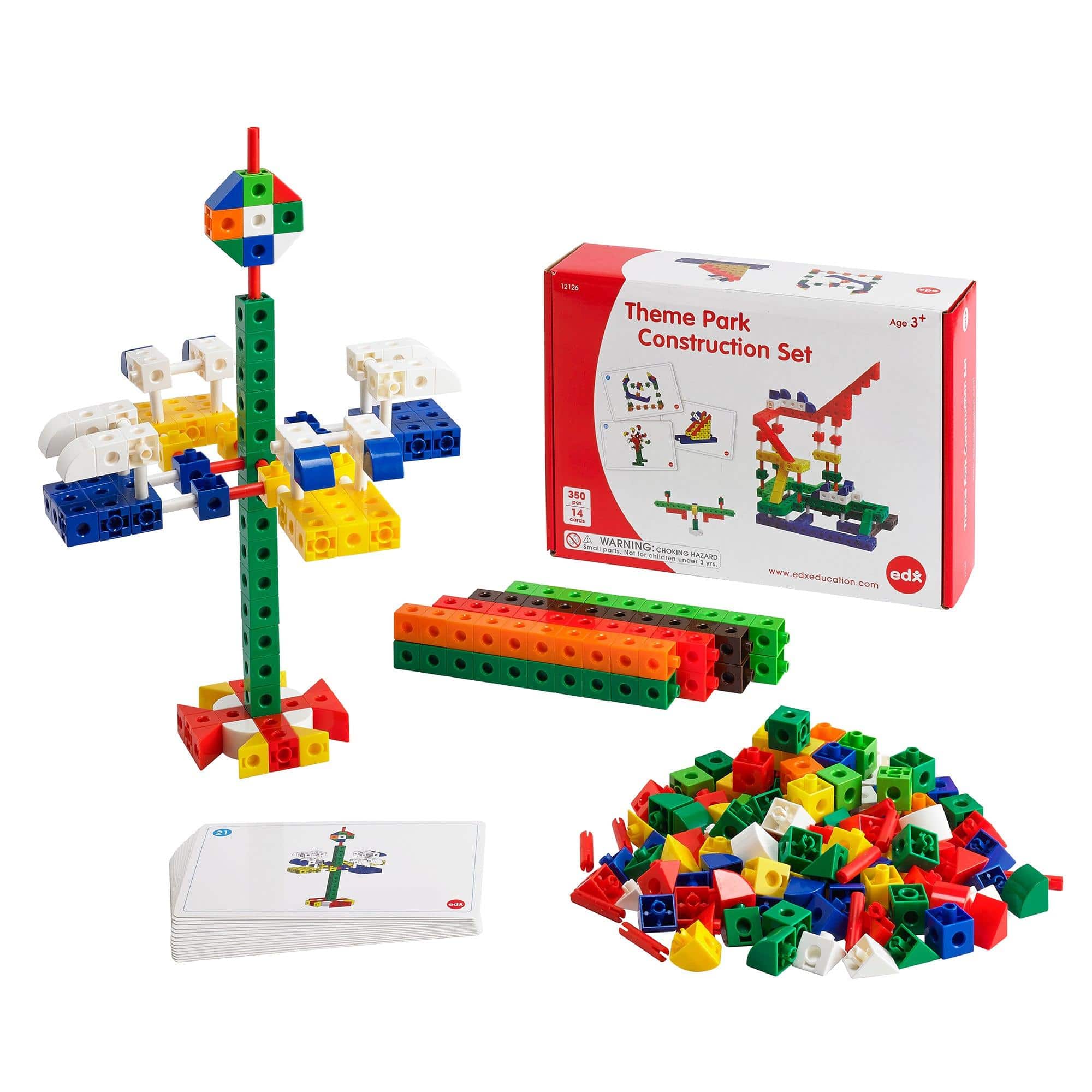The Role of Sensory Toys in Regulation of Emotions
Introduction
Sensory toys play a crucial role in helping individuals regulate their emotions. These toys provide various sensory experiences that can significantly impact emotional well-being and promote self-regulation. In this blog article, we will explore the significance of sensory toys and the features that make them effective tools for emotional regulation.
The Benefits of Sensory Toys for Emotional Regulation
Emotional regulation refers to the ability to manage and appropriately respond to one’s emotions. It is a vital skill that allows individuals to cope with stress, maintain healthy relationships, and function effectively in various aspects of life. Sensory toys offer several key benefits for emotional regulation:
- Engagement of Senses: Sensory toys stimulate multiple senses such as touch, sight, sound, and smell, providing individuals with a diverse range of sensory experiences. Engaging the senses helps individuals focus their attention and shift their emotional state.
- Sensory Exploration: These toys encourage individuals to explore different textures, materials, and sensations, promoting curiosity and distraction from distressing emotions. The act of exploration can enhance emotional self-regulation by diverting attention and promoting stress reduction.
- Calming Effect: Sensory toys often have soothing features, such as soft textures, gentle sounds, and repetitive actions. These calming effects can be particularly helpful in reducing anxiety and promoting relaxation, thereby supporting emotional regulation.
- Self-Soothing: Sensory toys provide individuals with an opportunity to engage in self-soothing activities. By manipulating these toys, individuals can create a sense of control and comfort, allowing them to regulate their emotions and alleviate stress.
- Expressing and Communicating Emotions: Some sensory toys, such as emotion cards or stress balls with facial expressions, enable individuals to express and communicate their emotions visually. This can assist in identifying and understanding emotions, leading to improved emotional regulation.
Features of Effective Sensory Toys for Emotional Regulation
When selecting sensory toys for emotional regulation, certain features are essential for optimal effectiveness. These features include:
- Textured Surfaces: Toys with textured surfaces provide tactile stimulation, allowing individuals to engage their sense of touch. Different textures can offer varying levels of sensory input, enabling individuals to find the most comforting and regulating tactile experience.
- Visual Stimulation: Sensory toys that offer visual stimulation, such as vibrant colors, patterns, or moving parts, can attract attention and create a sense of visual engagement. This visual focus helps redirect emotions and enhance emotional well-being.
- Sound and Music: Toys incorporating sound or music components contribute to emotional regulation by providing soothing auditory input. The calming sounds or melodic tunes can help individuals relax and shift their emotional state towards a more regulated state.
- Adjustable Sensory Input: Toys that allow users to adjust the intensity of sensory input, such as pressure or vibration, are valuable tools for emotional regulation. Individuals can customize the sensory experience according to their specific needs and preferences.
- Portable and Convenient: Sensory toys that are portable and easy to carry provide individuals with the opportunity to access emotional regulation support wherever they go. This convenience enables individuals to regulate their emotions in various settings and situations.
- Durability: In order to provide long-lasting support for emotional regulation, sensory toys need to be durable and able to withstand regular use. Robust construction ensures the toys remain effective over time and offer a consistent sensory experience.
Conclusion
Sensory toys have proven to be invaluable tools for emotional regulation, helping individuals develop and improve their ability to manage their emotions effectively. The features discussed in this article highlight the key aspects to consider when selecting sensory toys for this purpose. By harnessing the power of sensory experiences, these toys offer a range of benefits that contribute to emotional well-being and promote self-regulation.


